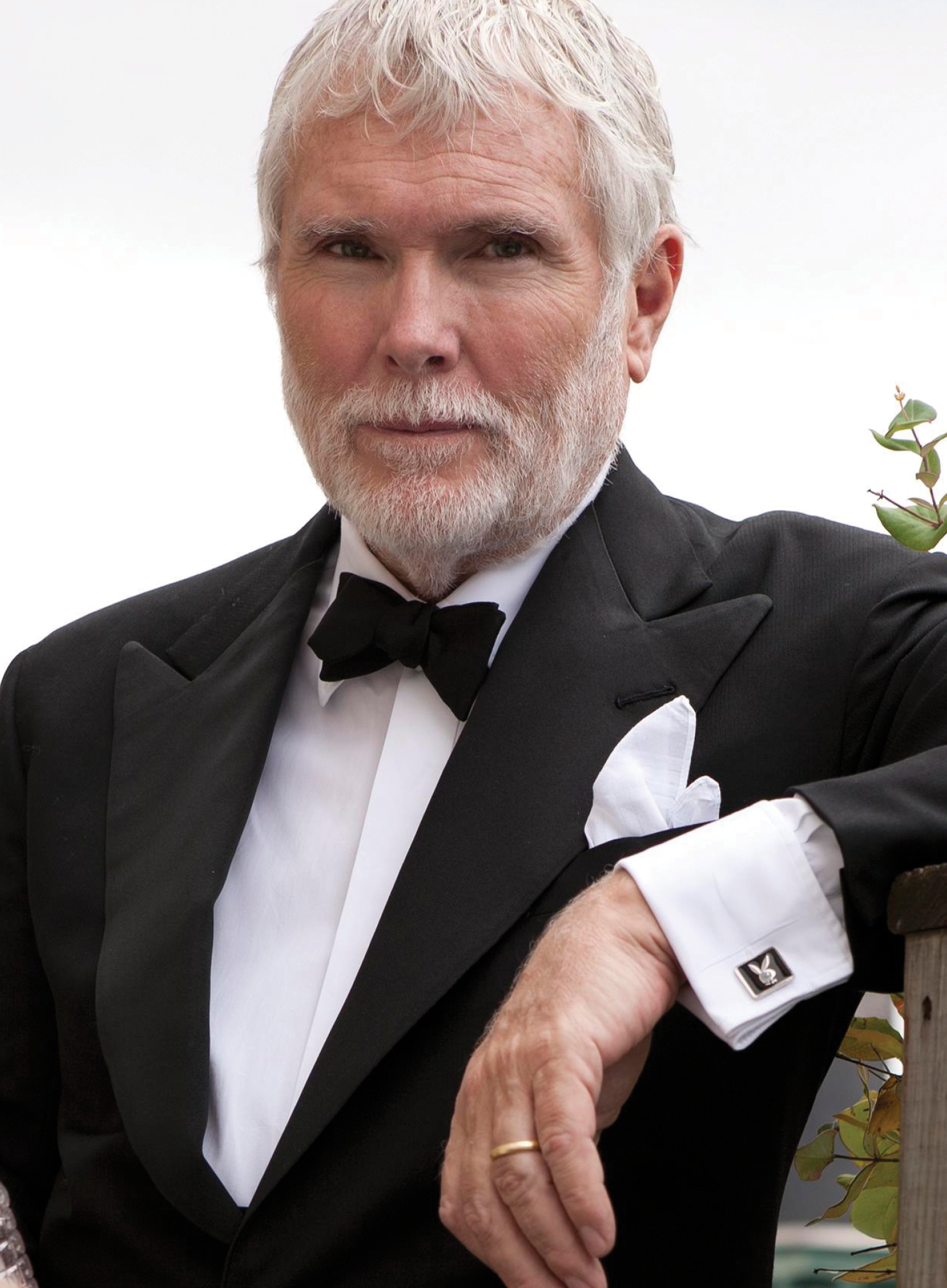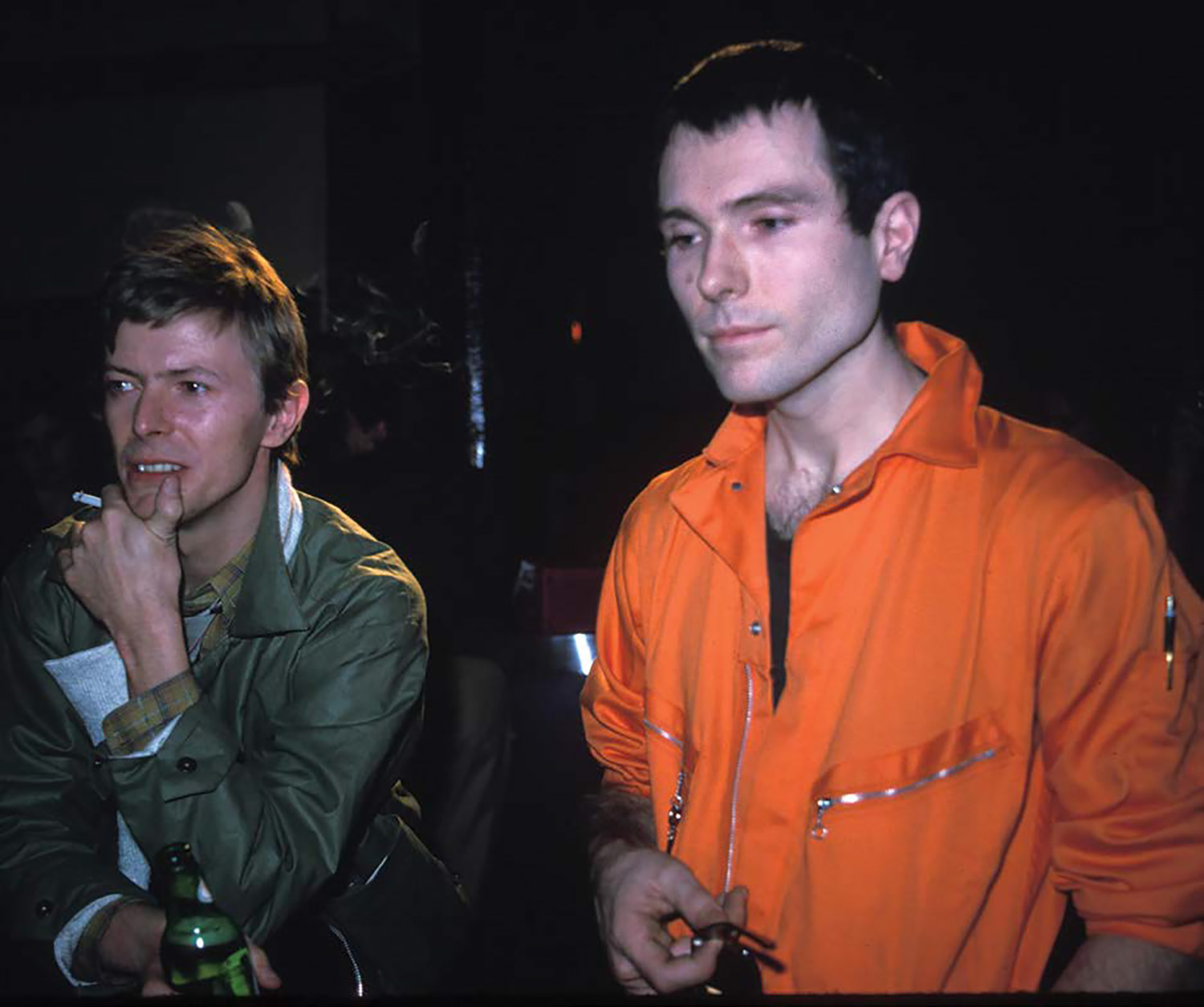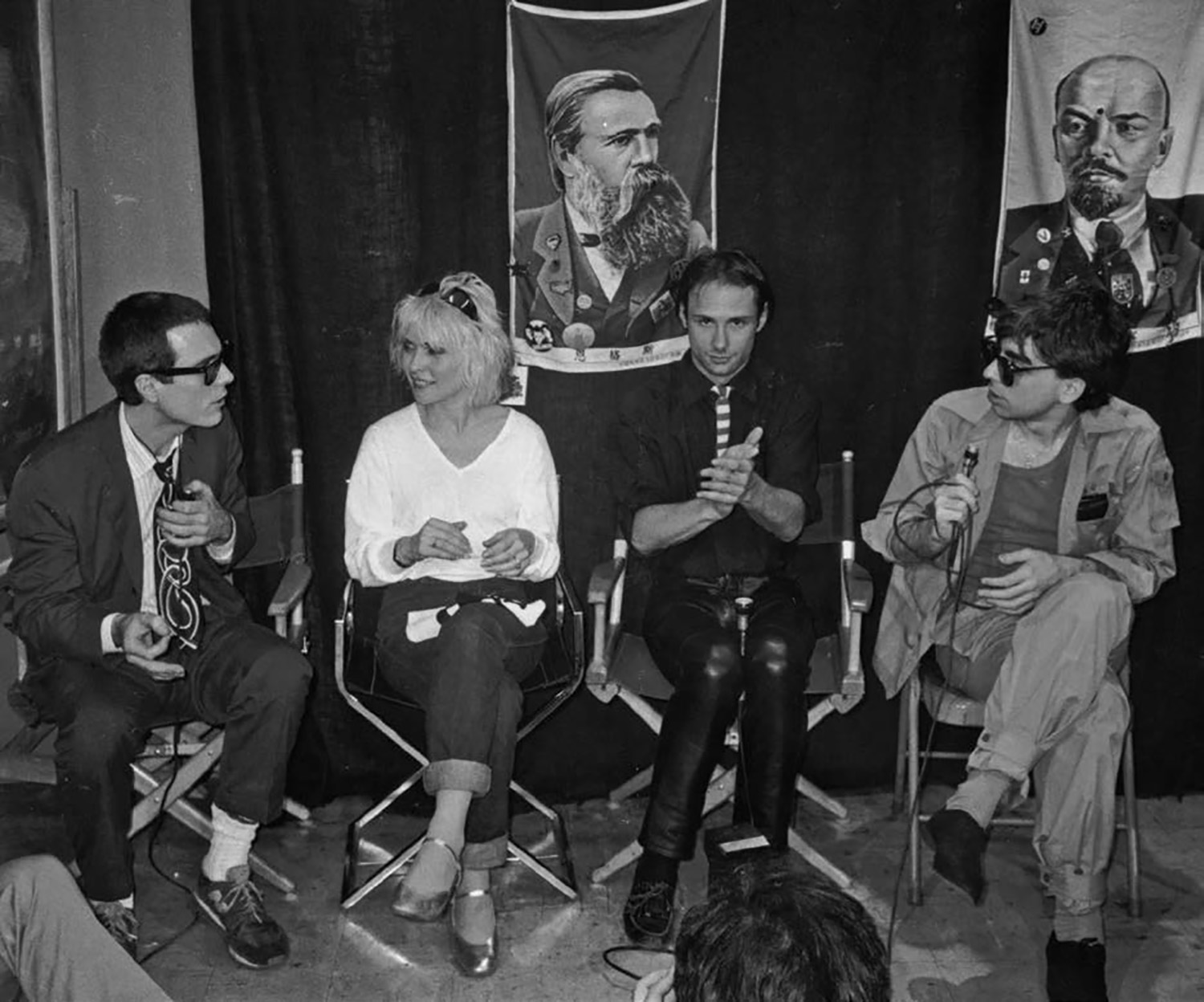GLENN O’BRIEN
 Portrait by Marco Scozzaro | Interview by Miguel Figueroa
Portrait by Marco Scozzaro | Interview by Miguel Figueroa
From being a young understudy who had the opportunity to pick and peek into Andy Warhol’s brain, O’Brien’s career spans over four decades and has spread from cannabis culture in the 70s, to filmmaker and TV host in the 80s, to author of the indispensable style manual, How To Be a Man. We spoke with O’Brien in New York about his new talk show Tea At The Beatrice.
Glenn O’Brien’s new show dubbed “Tea at The Beatrice” (filmed at The Beatrice in NY’s West Village) takes the form of a 20-minute, one-on-one conversation with influential figures in the fashion, art and film industries. O’Brien explains the show as “a more bohemian version of Charlie Rose”.
Could you tell us a little about how Tea At The Beatrice developed and your role in bringing it to M2M (Made 2 Measure) on Apple TV ?
Susan Hootstein of IMG happened to attend the Tokion conference at Cooper Union a few years back when I interviewed William Eggleston and Stephen Shore. It was a particular good talk, lively and funny, and I think that’s what made Susan think of me when the idea of a fashion/art conversation show came up. I loved the idea of Tea At The Beatrice because it’s so simple and focused.
How did you land your first job in NYC working for Andy Warhol?
I was going to Columbia University, to Graduate School of the Arts in Film. My teacher was Andrew Sarris, who was the film editor of the Village Voice and one of the leading film critics at the time. He also taught a criticism course and sometimes he would let students write for the Voice. He thought that I, and Bob Colacello, who was my classmate, were good writers. He let us write about underground films for the Voice.
We did that for a while and Bob and I got a notice that people at Interview, which was Andy Warhol’s magazine, hadn’t found anyone to really run it properly, so they thought, “Well, let’s get some nice clean-cut college kids to do it.” So, they asked me and Bob to work for them. After a few months Bob decided that he wanted to be Andy’s biographer and then I became editor. It was as simple as that. I didn’t finish my graduate studies but it was ok because I was in a good place.
Warhol has been notorious for his appropriations. Paul Morrissey said in an interview that Warhol basically stole all of his ideas. Did you ever share something with him that he took for himself?
No. That was part of Andy’s routine to say “Oh, what should I paint? What should I make movies about?” That was his manner. He wasn’t really serious. The problem was that Paul was really jealous, Andy got the attention because they were Andy Warhol films, not Paul Morrissey films. Even though Paul was the director, people still considered them to be Warhol films. That made Paul kind of bitter, I guess…
What was the biggest lesson that Andy Warhol taught you?
Andy liked to work. I learned that art really was to do work that you really enjoyed. It’s funny because people think that Andy was in it for the money, which he considered a big measure of success. But, really, it was doing what you liked. I learned from Andy to do everything as if it was an artwork, to do things to the highest level that you can.
 “David Bowie came to TV Party when we shot it at the club Hurrah. At one point he put on Walter Steding’s hat and disappeared into a bathroom with a girl for about a half hour. Walter was worried about his hat. I’m wearing a Dickies jumpsuit.” – Glenn O’Brien
“David Bowie came to TV Party when we shot it at the club Hurrah. At one point he put on Walter Steding’s hat and disappeared into a bathroom with a girl for about a half hour. Walter was worried about his hat. I’m wearing a Dickies jumpsuit.” – Glenn O’Brien
Photo by Edo Bertoglio
You wrote a book on men’s style, does style dictate your life?
The word style comes from writing. It’s your signature. Someone’s taste comes from a very deep place in their personality. It’s mysterious in a way. You can adopt a fashion, but style is something that comes from inside of you. You’re born with it.
But what happens nowadays with PR machines and stylists telling people what to wear or say?
I think it’s kind of silly to be in a best dressed list if people are getting their clothes for free. A lot of people on best dressed lists have a personal stylist and that’s kind of cheating. If you have style, it’s about what you like, not somebody else.
What are the quintessential items that every man should have in their wardrobe?
It depends on what you like. I like shoes. That’s the first thing I think about, “What shoes am I going to wear today?” White shirts, a gray suit. I like tuxedos although I don’t like to wear them that often.
What about denim and t-shirts?
I don’t like t-shirts, but I wear jeans almost everyday. It’s the workers uniform and I don’t think of myself as a suit guy, because that’s more management. I’m more on the labor side of it. I like a denim shirt, and jeans. All my jeans are the same. I wear APC jeans.
What are some of the typical faux pas that men usually commit with their style?
It’s getting better, but I think American men sometimes don’t know which size they are. It’s maybe less so in NewYork, but a lot of men wear clothes that are too baggy or the pants are too long and the jackets, cuffs are too long. It looks like they are wearing their big brother’s jacket.
Who’s your favorite menswear designer?
Well, my favorite ran out of business. I used to get a lot of things from Adam Kimmel and I was not happy when he retired. I like APC, Thom Browne and Black Fleece button downs. I like Belgian and English shoes. I get my suits from Anderson & Sheppard.
How do you feel about the new wave of gender bending in men’s fashion?
It works for some people. It’s not really relevant to my life. If somebody looks good in it, that’s fine. Being Irish, I like kilts. Whatever makes you feel comfortable. I don’t have any problems with it.
What do you think it’s the best scent for a man?
My favorite is Melograno from Santa Maria Novella and Rocabar from Hermès.
How important is it to lead a curious life?
That’s always been my motivation. My career has always been educational. If I wanted to learn about something, I would write about it.
Patti Smith has said that young creative people should not come to New York because the city is dead. What do you have to say about that?
I remember when Patti Smith said to Debbie Harry, “This city is not big enough for the both of us” and then a year later Patti was living in Detroit and Debbie was still here. So, I guess Debbie won that round. The big difference is that it’s just really expensive now. When I moved here it was really cheap and if you were a painter, a musician or a writer you didn’t need to have a full time job to do what you wanted to, you could work a couple of days a week to get by. That’s really important when you’re starting out. You need your own time. As soon as you start working for someone full time, you’re kind of neglecting your own vision. Do whatever you have to do not to be an employee. And if you have to, assist someone you respect or be an apprentice. A lot of the best artist of my generation started out assisting other people.
What advice would you give to a young creative person moving to New York?
Stick to your own voice. Do what makes you happy. Be yourself as long as possible. People will discourage you from that. But, the only way to be successful is to be yourself.
 On the set of TV Party ( 1979) from left , Glenn O’brien, Debbie Harry, Tommy Gear and Chris Stein
On the set of TV Party ( 1979) from left , Glenn O’brien, Debbie Harry, Tommy Gear and Chris Stein
Photo by Edo Bertoglio
Portrait by Marco Scozzaro | Interview by Miguel Figueroa
